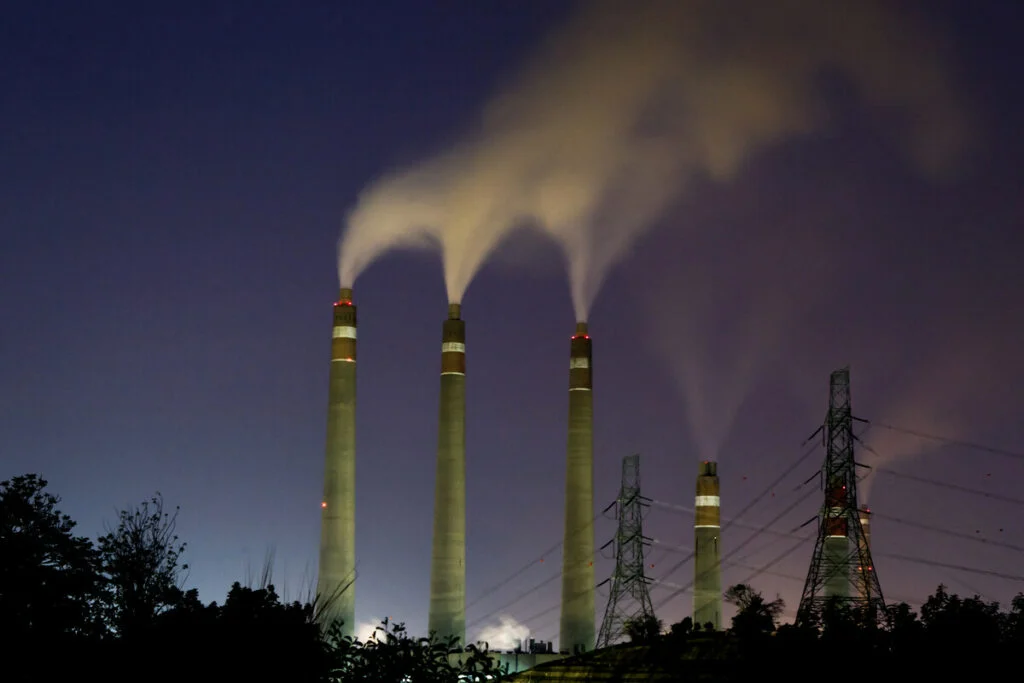Coal energy plays a smaller but still notable role in the electricity generation mix of the West Coast of the United States, particularly when compared to regions like the Midwest or Southeast. States like California, Oregon, and Washington are leaders in clean energy, so the reliance on coal is less significant in this region than elsewhere. However, coal energy still contributes a small percentage of total electricity generation.
Current Coal Energy Production in West Coast of USA
As of recent years:
- Total Gigawatt Capacity: The West Coast of the U.S. (California, Oregon, and Washington) produces very limited electricity from coal.
- California: Coal accounts for a very small portion (under 1%) of the state’s electricity, mainly from imports from other states. The state has no active coal power plants within its borders.
- Oregon: Historically, Oregon generated some electricity from coal, but the Boardman Coal Plant (585 MW) was the last coal plant in the state and was shut down in 2020.
- Washington: The Centralia Power Plant is the last remaining coal-fired power plant in Washington state. It has a capacity of around 1,460 MW (1.46 GW) but is scheduled to be fully retired by 2025.
In total, the region produces around 2 GW of coal-fired electricity, with the majority coming from Washington state.
Percentage of Electricity Needs Covered by Coal in Weast Coast
Coal plays a very limited role in meeting the West Coast’s electricity demand:
- California: Virtually no in-state generation from coal. Almost all of its coal energy comes from imports, accounting for less than 0.2% of the state’s electricity.
- Oregon: Since the closure of the Boardman plant, coal makes up 0% of the state’s electricity production.
- Washington: Coal contributes about 6% of the state’s electricity, but this is steadily declining as the Centralia plant phases out.
Major Coal Power Plants in West Coast of USA
The West Coast has very few active coal plants, and most are either retired or scheduled for closure. Below is a breakdown by state:
Washington:
- Centralia Power Plant (Lewis County)
- Capacity: 1,460 MW (1.46 GW)
- Status: Operating, but with scheduled retirement by 2025. It is the last coal-fired plant in the Pacific Northwest.
Oregon:
- Boardman Coal Plant (Morrow County)
- Capacity: 585 MW
- Status: Closed in 2020. This was the last coal plant in Oregon.
California:
- No active coal plants. Historically, coal power has been imported, particularly from the Intermountain Power Plant in Utah and other out-of-state plants.
Coal Regions and Imports in West Coast of USA
The West Coast, particularly California, often relies on coal-fired electricity generated in neighboring states. Some of the key regions supplying coal power include:
- Utah (e.g., Intermountain Power Plant, which is transitioning to natural gas and hydrogen)
- Wyoming
- Arizona (e.g., Navajo Generating Station, which has been decommissioned)
Coal plans for the future in West Coast
The West Coast states have aggressive plans to phase out coal and transition to renewable energy:
- California: Aims for 100% clean electricity by 2045 under Senate Bill 100, effectively eliminating any reliance on coal, including imports. The state is investing heavily in solar, wind, and battery storage.
- Oregon: Oregon has similar clean energy goals, aiming for 100% clean electricity by 2040, meaning coal will play no role in its energy future.
- Washington: The Centralia Power Plant, the last coal plant in Washington, will be retired by 2025. Washington has committed to 100% clean energy by 2045, focusing on hydropower, wind, and solar.
In addition to plant closures, West Coast states have enacted policies to prevent new coal plants from being built and are phasing out the importation of coal-generated power from other states.
West Coast coal elektricity conclusion
- Total Current Coal Capacity: About 2 GW in the West Coast (primarily from Washington).
- Contribution to Power Needs: Less than 1-6% of total energy needs, depending on the state.
- Future Outlook: Coal is rapidly being phased out, with a shift toward renewable energy sources. By 2025, there will likely be no coal-fired power plants in operation on the West Coast.
This region is leading the way in the United States’ transition to a cleaner, more sustainable energy future
